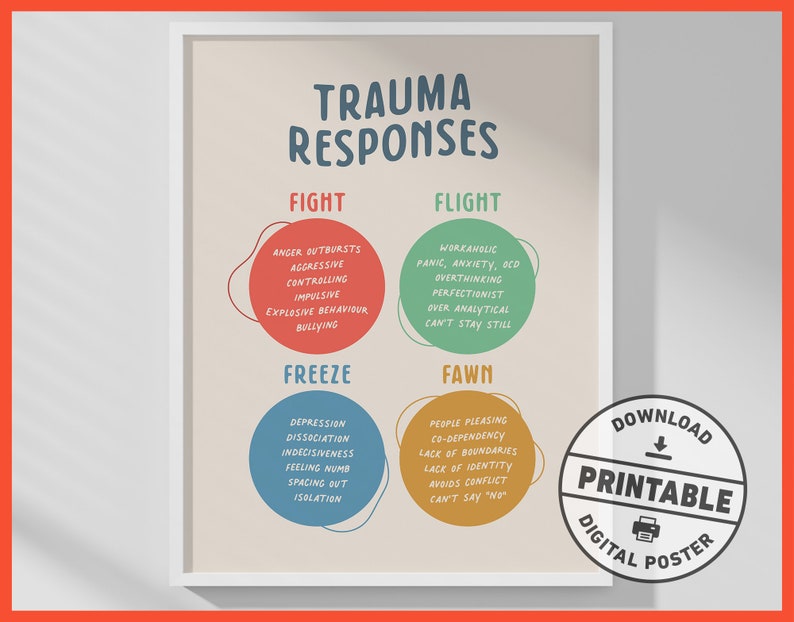
This why some days things are better with your teen and some days things are worse. Illyssa Bass, a child and adolescent psychologist, says people are “more prone to going to fight/flight mode when their nervous system is already under stress.” If the whole day was stressful and now it’s nighttime, or if we’re hungry or tired, we’re more likely to be triggered by our amygdala’s alarm bell. An hour or two later, you may regret your decision, because your forebrain has finally regained control of your thoughts and behavior.ĭr. This is why, when your teen does something to provoke you, your first thought might be to lash back (fight) or nervously shrink back and flee (flight). Then, unless we have the skills in place to prevent it from happening, by default we automatically shift from our forebrain, which helps us with logical decision making and calm reason, to our animal brain, which causes the fight or flight response. When something stressful happens, our amygdala fires.

In humans, this process is almost identical. For the prey, it’s a matter of life and death. It hears a noise in the branches behind it. Imagine a prey animal strolling about on the savannah. Without the fight or flight response, animals wouldn’t survive. That’s why the hindbrain is also called the animal brain: in evolutionary terms, the fight or flight reflex is one of the things that has kept both humans and animals alive for thousands of generations.Ĭall Us (800) 665-4769 More About the Fight-Flight Response

The hindbrain controls the fight-flight-freeze response.
#Fight flight freeze fawn dbt how to#
The amygdala works hand in hand with the lower part of your brain stem to help you learn how to escape from stressful and dangerous situations. The limbic system includes the amygdala, your personal alarm bell that tells you when something isn’t safe. It’s located smack in the middle of the brain (hence its name) and sends signals between the forebrain and the hindbrain. It is also associated with vision, hearing, and temperature regulation. The limbic system is sometimes called the midbrain or mammalian brain, because it’s responsible for “keeping track of the herd,” and keeping alert for social-emotional cues. When we act in accordance with our values and filter our actions and thoughts in front of other people, we’re using our prefrontal cortex. It regulates decision-making, planning, language, rational judgment, and impulse control. The forebrain contains the cortex and the prefrontal cortex, which is the executive function center of the brain. There are three major areas in the brain. To answer that question, we need to give you a basic lesson on the anatomy of the human brain. How did that escalate so quickly? What on earth just happened?

#Fight flight freeze fawn dbt full#
They go into full meltdown mode, their anger off the charts. Here’s a scenario parents of teens may be familiar with: Twitter Facebook LinkedIn Email Pinterest Reddit


 0 kommentar(er)
0 kommentar(er)
